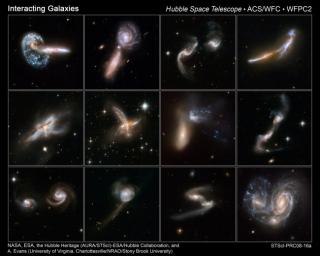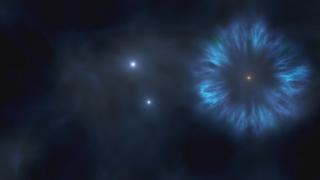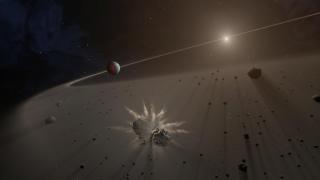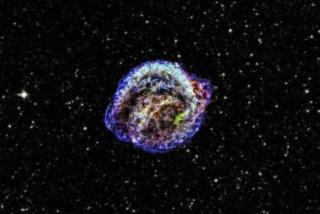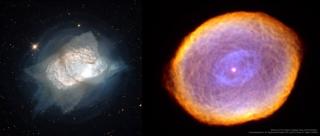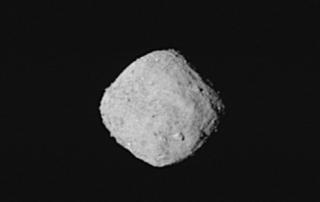
After two years travelling through space, the NASA OSIRIS-REx spacecraft has started to obtain images of the mission target, primitive asteroid Bennu. As part of the Scientific Team of this mission, researchers from the Instituto de Astrofísica de Canarias (IAC), Javier Licandro and Julia de León have already started to work in the calibration of this images in preparation for the ones that will be obtained in December 2018 using color filters.
Advertised on
